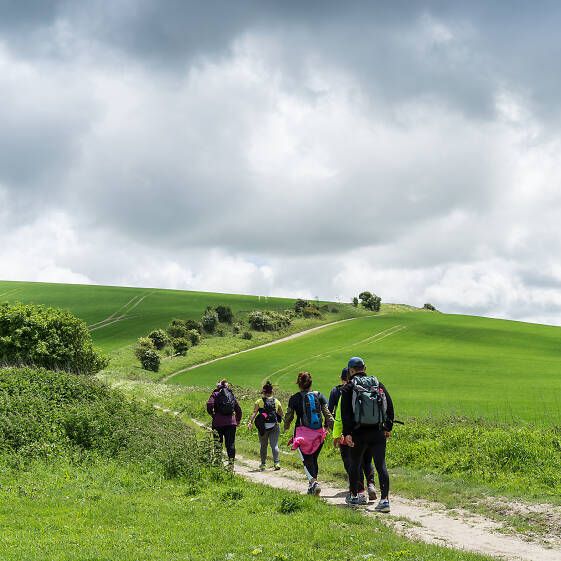
People Counting
IoT sensors that transmit using LoRaWAN can help you count people coming onto your land and leaving.
There are a variety of sensors that use different methods - each with different strengths and weaknesses. Get in touch to know more and we would be happy to ensure the most appropriate technology is put in place for your needs.
A big benefit of LoRaWAN sensors is that they can be remote and you get accurate information in minutes and hours, not a lump of information over a weekend, week or month.
You can place a number of sensors around your land area and then have accurate numbers on the popular spots, areas less walked along with times and dates. Complementing it with weather sensors for rainfall and temperature, you can start to have a full picture of attendance, when and why.
Gate or door monitoring
Sensors can be placed on gates to be notified when the gate opens and how long the gate stays open. This allows you to
- Make assumptions on numbers and the times of people passing through
- Be notified when unexpected gate / door openings happen
- Be notified when gates stay open or closed longer than expected. This allows normal use to take place but the land user to be notified should the gate remain in a position it shouldn't be at time period of your choosing - 15 minutes, 30 minutes or greater.
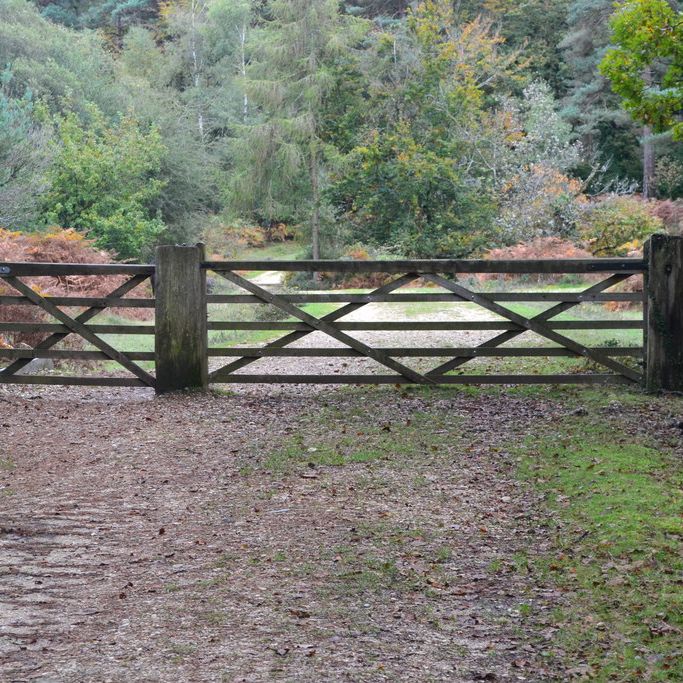
Water level monitoring
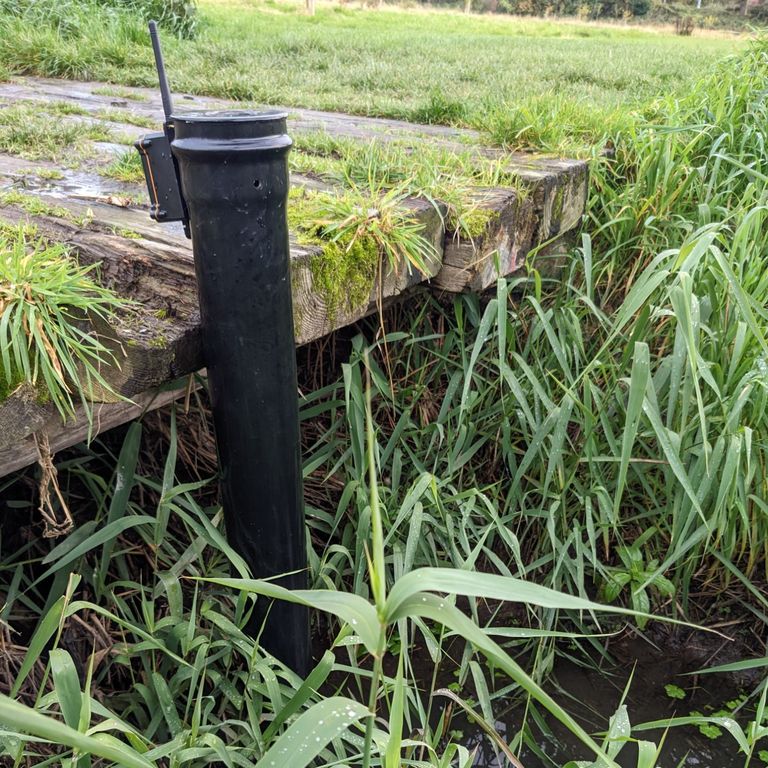
We can monitor water levels. If you want to measure trends of water - perhaps with rewilding flood management to ensure water levels are trending upwards or alternatively for flood alerts. We can store the data so you can see the water levels over seasons. Complementing the data with other sensors, such as rainfall sensors, you can start to understand the weather, possibly climate change and the effect it has on your land.
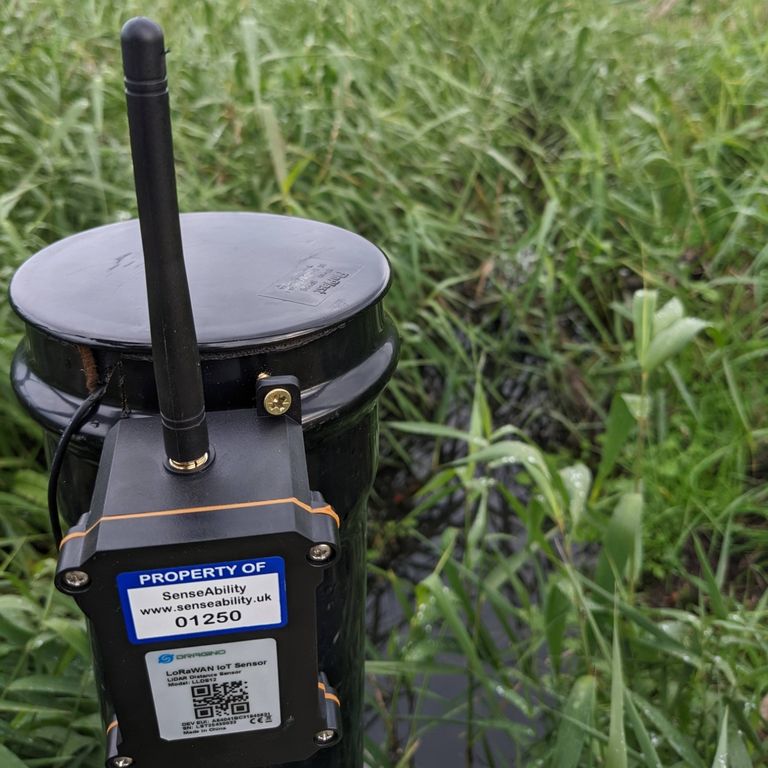
We can monitor ditches, rivers or streams. We can source sensors that can work from bridges or directly in the water.
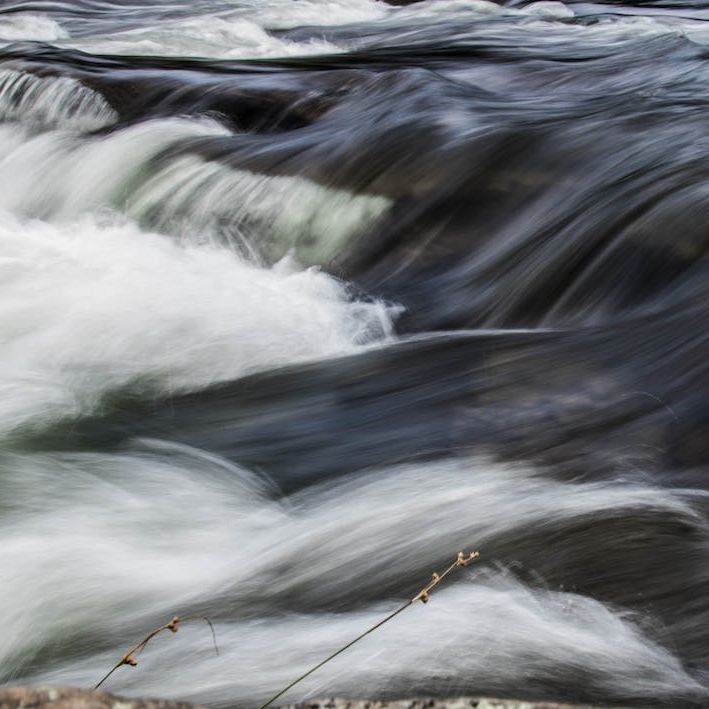
Be notified when water hits a certain level either for flood or to facilitate environmental requirements.

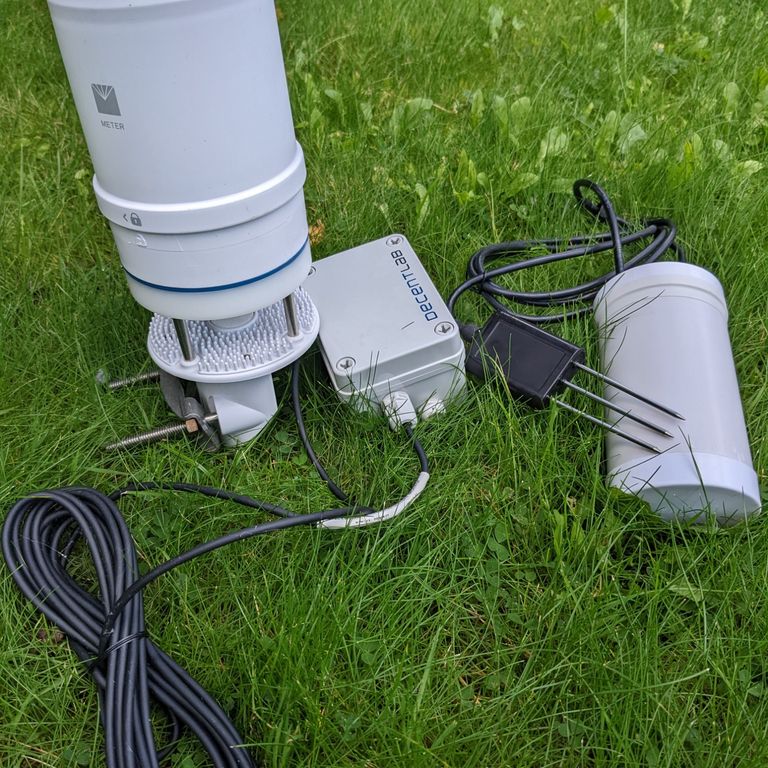
Soil moisture and salinity
If you are draining a flooded area, you may want to have multiple sensors located over your site to ensure soil moisture levels are dropping. Conversely, if you are working on a project to increase moisture levels, perhaps a rewilding project, you can see if the changes you've made elsewhere are having the effect you expect.
Some of these sensors can work at depth so you can monitor water tables over time.
Depending on the model of sensor chosen, salinity can also be measured. This can be useful for areas affected by rising sea levels or perhaps old industrial sites being returned to nature.
Water tables can also be measured, up to depths of 10 metres.
Complementing with other sensors, such as temperature and rainfall, you can start to see and understand cause and effect of weather on your soil.
Do not forget that, subject to a site review, these sensors can be placed in remote locations and send their data throughout the day to allow you get accurate information no matter what the time is.
Weather sensors
There are various IoT LoRaWAN weather stations that can send the data to you every 15 minutes or so. Some are battery powered and some are solar powered - even here in the UK!
Data on rainfall, temperature, humidity, wind speed, wind direction, wind gusts, solar radiation and even lightning strikes can be gathered with different models. You can then store the data, compare it with data from other sensors and make informed decisions on how to manage your assets.
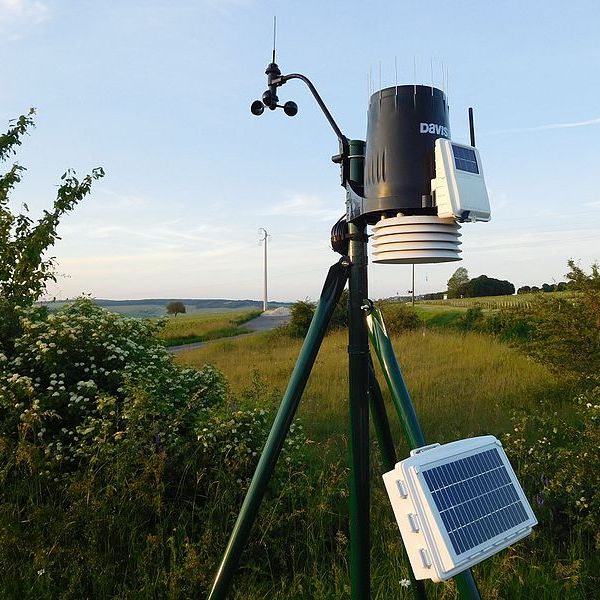
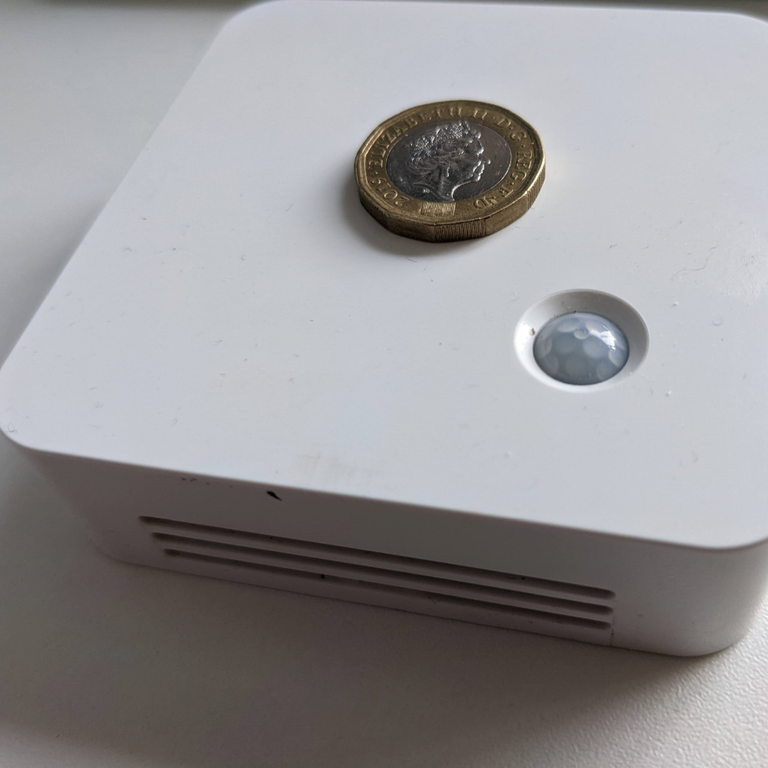
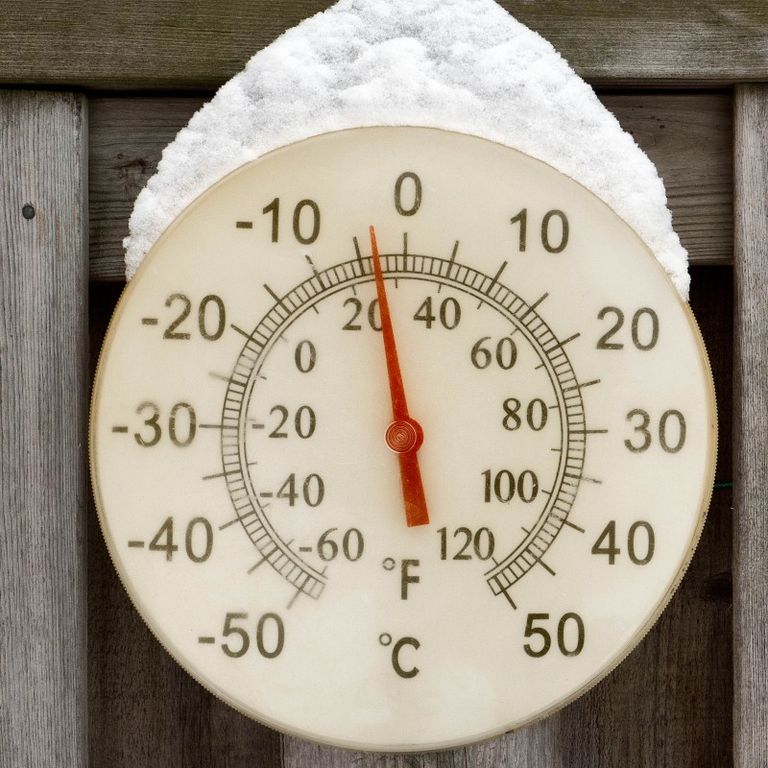
Motion, Temperature, Humidity, Sound and CO2
These nodes have multiple sensors and are designed to be indoors and they are rugged enough to go into dry bird hides, roosts, nests and dreys.
They can be used to detect motion - useful for people spaces such as bird hides and toilets. That same motion prowess can be used in dry animal spaces to prove if the space is being used. This could be useful for bat roosts.
Temperature and humidity - again useful for people spaces, even in the office. Measuring on temperature and humidity and making informed decisions on that can help protect against damp, mould spores in the air or ensure that people spaces are not getting too hot or cold.
Temperature probes can also be used to determine the heat of vegetation, wood chips or compost heaps. This can be useful to ensure the composting process is reaching the temperatures required or perhaps to receive warnings if a pile of wood chips is getting too warm and is at risk of combusting.
Those same temperature probes can also be used in fridges and freezers (food or medicine) to ensure legal compliance, automatic data recording and, again, receive those notifications if temperature goes above or below certain levels.
Temperature in animal spaces can help reveal if animals are present or if it is the right conditions for which ever species it is that you are interested in.
Surface temperatures can be measured. This can be useful to determine soil surface temp for farmers or even car park temperatures and whether it needs to be gritted or not!
Sound will detect if something is there, either on maximum limits or averages over a period of time.
Carbon dioxide can be useful for people spaces to prove it has good or bad ventilation and the same logic again for animal spaces. Seeing high CO2 in an animal space can also help prove occupation.
Don't forget that this data is sent every 15 or 30 minutes and the data stored so you can see it all in historical glory to understand what happened when and receive notifications when certain thresholds that are determined by you are reached.

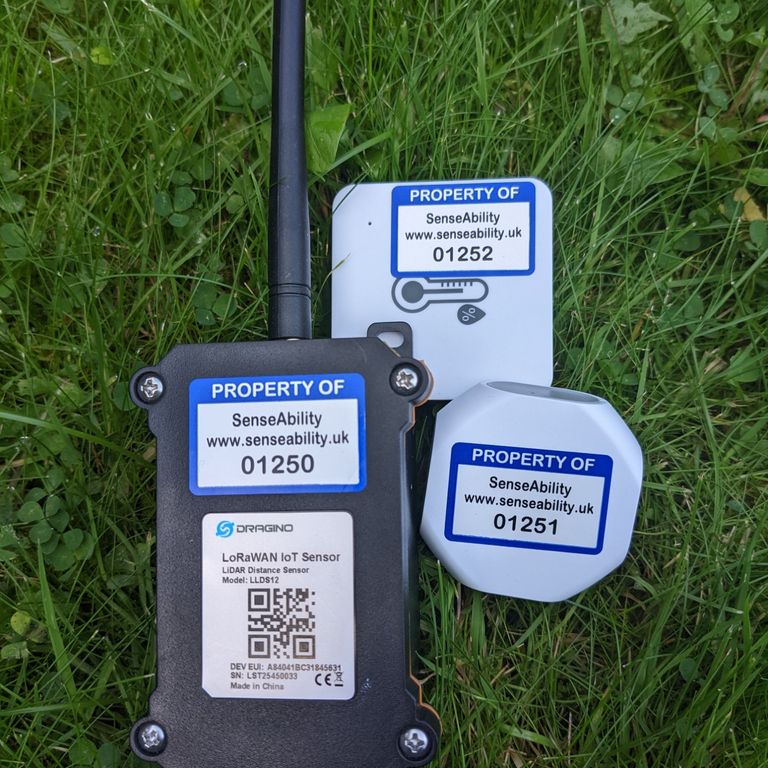
Distance measuring
If you need to measure something between 5cm and up 12m (yes, metres!) away, we have a solution.
Possible use cases are
- Water level
- Car parking
- Water trough monitoring
Air Quality
Air Quality sensors can be used to measure
- Volatile Organic Compounds (VOCs)
- Particulate Matter (PM1, PM2.5, PM4 and PM10)
- plus additional modules that allow detection of other environmental gases - get in contact if you want to know more.
- These sensors also do temperature, humidity and barometric pressure too
This data could be useful if you have a wildlife site near a power station, airport or primary road. The data would come in over the days and you can see if traffic levels, air traffic etc are making differences to pollution levels in your area. Alternatively, if you have a large site, with multiple air quality sensors, you can demonstrate the difference between the built up area and the natural area and the benefits of a green space on air quality.
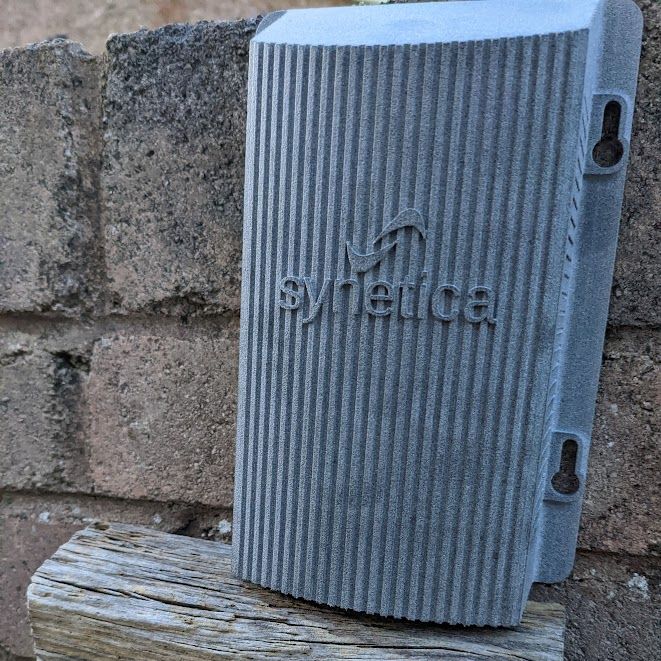
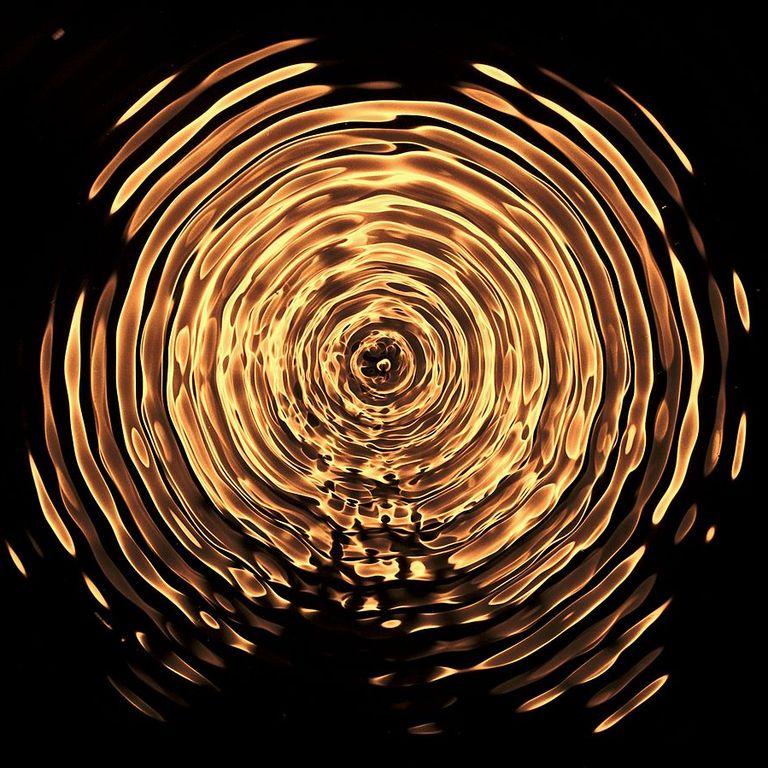
Vibration sensing
A vibration sensor can be used to monitor running time of pumps and generators - important if you need to know running time for servicing or warranty purposes.
Vibration sensors can also, subject to site review, provide cost effective vehicle counting if you have a cattle grid on the approach of your property / land.
Monitoring land susceptible to land slips can also be done with vibration sensors. Contact us to find out more.
Location information
Using GPS technology and then sending the location information back via LoRaWAN allows you to have sensors fixed to trailers, quad bikes, off road vehicles and even staff. You can then locate where the sensor is. This is useful for large sites where you want to know where staff are - useful for lone working situations. For vehicles and trailers, we can do the same and also offer geo-fencing. For example if you are a North Wales organisation and all of a sudden your tractor or 4x4 ends up elsewhere in the UK, you can be notified when it crosses the border of North Wales and know where it is.
This is all done without incurring monthly SIM or communication data plan charges.
Do get in touch if you want to know more.
Making Sensors Make Sense.
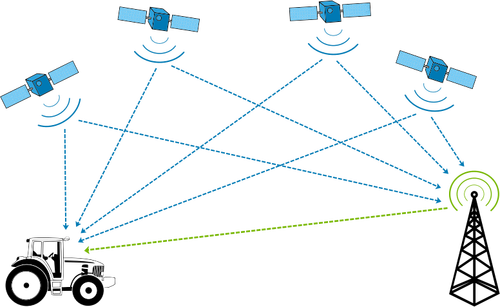

Have you another issue? Get in touch - there's usually a solution
If you want to know if there is something else you want to gather data on, get in touch. We have lots of ideas and plenty of practical experience to explore opportunities where you can get data on the things important to you.
SenseAbility.
Making Sensors Make Sense.
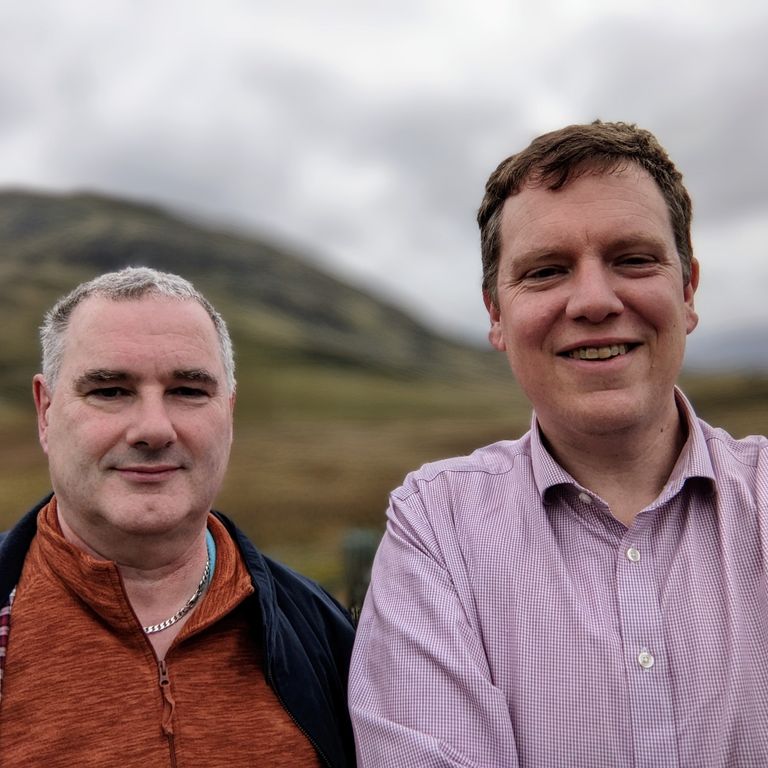
We need your consent to load the translations
We use a third-party service to translate the website content that may collect data about your activity. Please review the details in the privacy policy and accept the service to view the translations.

